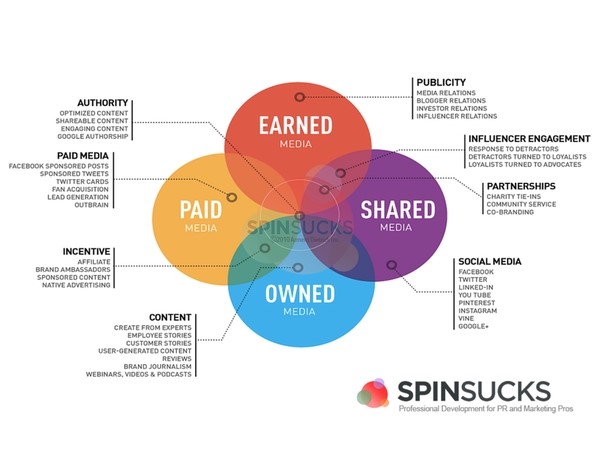In 2019, PR professionals are often asked whether or not public relations differs from marketing – the answer is yes. However, in recent years, the introduction of new technologies – especially social media and content marketing – have changed the way PR and marketing contribute to business success and CEOs and corporate bean-counters often struggle to distinguish the differences.
The truth is, there is an interdependent relationship between the two. Marketing promotes and sells a product in ways that drive revenue and sales results while PR maintains an organization’s reputation and relationship with the public.
It is important for PR professionals to articulate these differences and for businesses to understand them in order to demonstrate the value and impact of PR, prevent the convergence of both disciplines, and ultimately, preserve the existence of PR as we know it. Here are three ways to demonstrate the value and impact of public relations:
Earned media is the most valuable asset an organization can’t buy and one of the few tangible things PR professionals and firms completely manage. It is any material written about you or your organization that you haven’t paid for or created yourself – newspapers or trade publications, social shares, etc.
Even though earned media is most associated with PR, the introduction of new technologies have made social/shared and owned media essential to demonstrate the value and impact of PR strategies as well.
Use Social/Shared Media to Amplify the Reach of Owned Content
Originally, shared media was mostly used by marketing and customer service teams to drive action from the consumer through paid advertising (ads), promotions, etc. These strategies have oversaturated social media and caused a negative impact.
As a result, there has been a shift towards social media being used in PR to amplify the reach of owned content. Now, part of the PR role is not just to get that coverage on a national newspaper but to create buzz from social media followers, journalists, industry influencers, and the general public.
Use Data to Measure ROI and Tell a Story
Tools like Google Analytics can provide a lot of the data needed to measure and report PR efforts success.
Define your audience – link your website to Google Analytics to know page visitors/traffic and demographics.
Demonstrate awareness – track how many people visited a specific page on your site and where the visitors come from.
Measure revenue – measure web sales or activity after the launch of a specific campaign.
Monitor social media – increase in followers, likes, shares, comments and use of relevant hashtags.
By Jovanny Rosado

